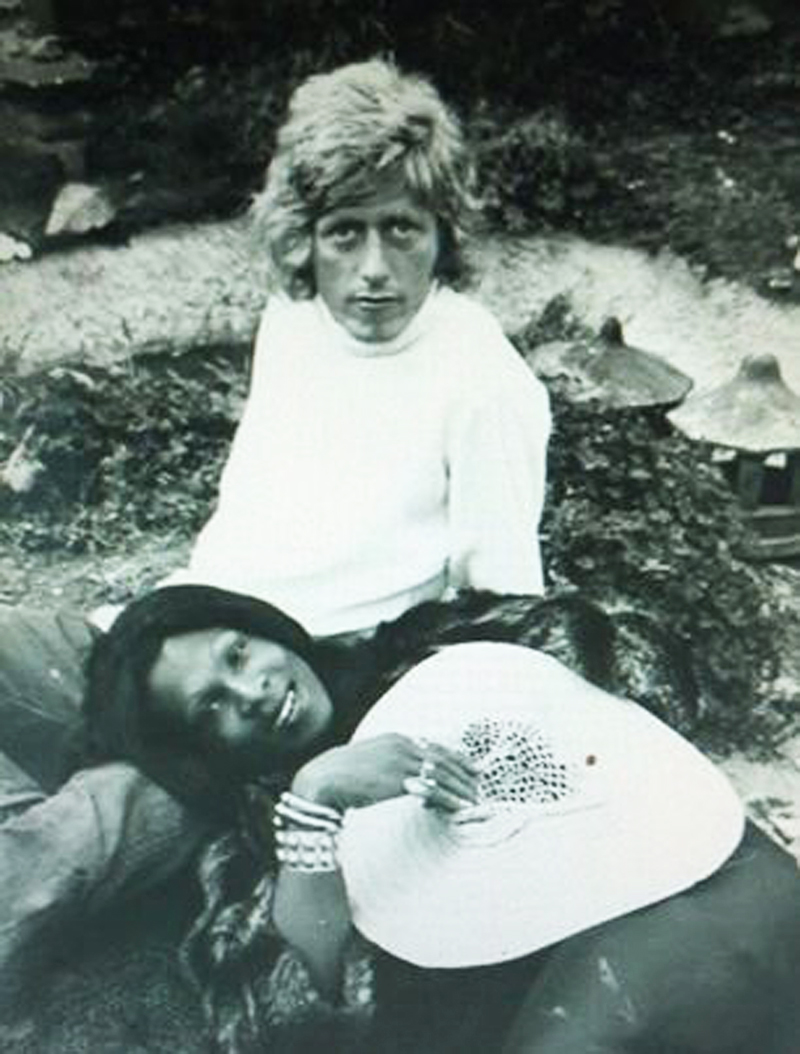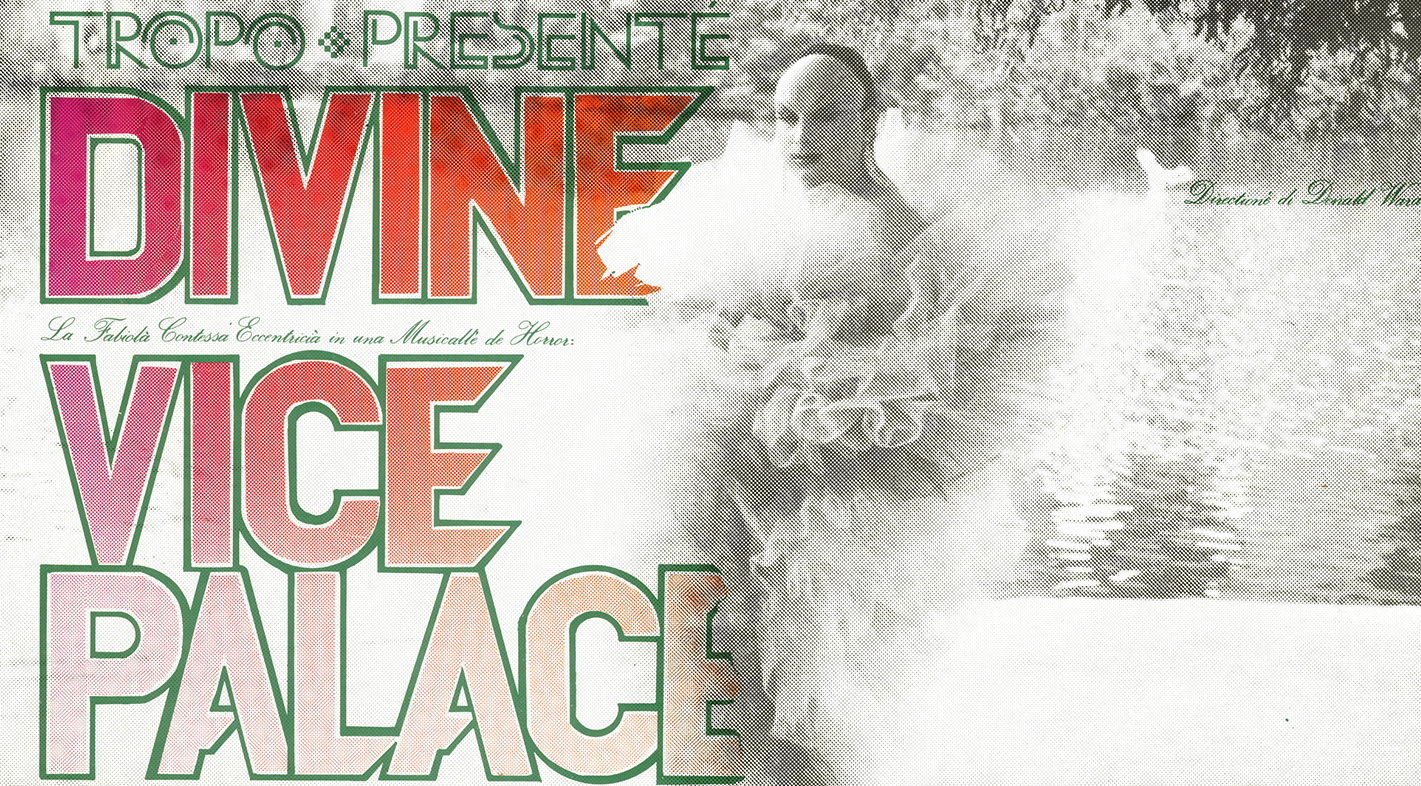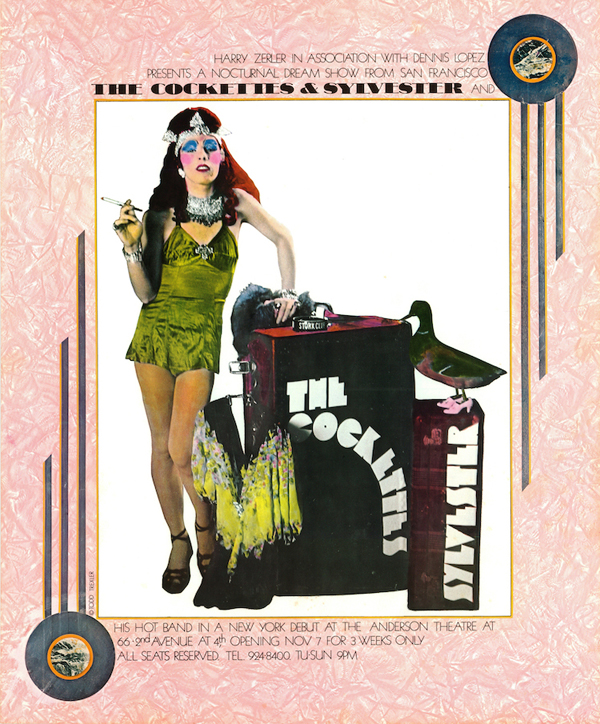If you went into Magnet, the gay men’s health clinic in the Castro District, and looked at the art on display, you might think that whoever in charge of decorating has a deep love for Divine and pen drawings from the ’70s. But what you’re looking at is the work of queer poster artist Todd Trexler, whose images could be found on utility poles and in apartments all over the city four decades ago.
A San Mateo native, Trexler is best known locally for designing fliers for The Cockettes, Nocturnal Dreams, Sylvester, and of course, Divine; and his poster exhibit at Magnet is his first in over 40 years. Sadly, he won’t be enjoying it; he passed away back in February of this year, and proceeds from sales of his work will go to his longtime partner, who is suffering financially after Trexler’s death.
According to his website, when Trexler was an art student living in the Castro in the early to mid ’60s he became friends with “Sebastian” (whose real name is Milton Miron, according to IMDB), who was the accountant for Bill Graham. Around that time, Sebastian hooked up with a venue — the Palace Theatre — and began showing underground films after midnight on the weekends. Trexler was pulled in to design the ads for the movies, and instead of handbills, he went with large, hand drawn posters that were as bizarre and beautiful as the movies that were being shown. He later said he was paid in weed for his work.
Sebastian’s “Midnight Movies” grew in popularity and a connection to local director Steven Arnold later led to his work promoting The Cockettes’ midnight musicals, which became the weekly event for San Francisco’s freakiest. Director John Waters, a fan of The Cockettes, hooked Sebastian up with Divine, star of Waters’ earliest, trashiest films, such as Mondo Trasho, Female Trouble and the truly groundbreaking Pink Flamingos. Not only did the iconic drag queen begin performing with The Cockettes, he started a singing career, with Trexler designing many of the posters for his popular concerts.

As the scene grew around the Palace Theatre’s shows, so did Trexler’s poster budget (he began being paid in actual money for his work). From line drawings reminiscent of Aubrey Beardsley’s work in the ’30s, Trexler pushed his art with expanded media choices, including photographs and color-separation.



